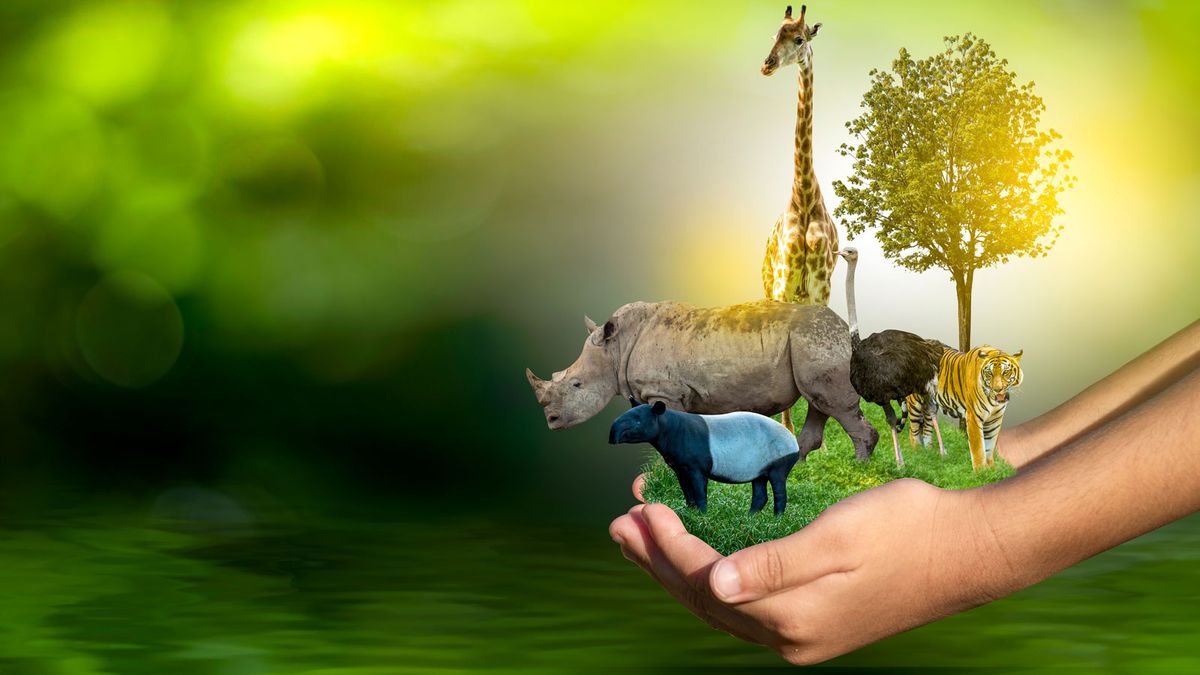There are many endangered animal species in the world, many of which are found in India. Going by the grim statistics of endangered species in India, there is a possibility that upcoming generations may not get the chance to see some of the four-legged animals and their species that we have seen. Though the government has launched a handful of conservation programmes to save endangered animals in India, there is still a long way to go. This comprehensive guide has been curated to give you a sneak peek into the endangered animals in India that you should see at least once before they go extinct.
1. Bengal tiger

According to a 2018 report, there are a total of 2,967 tigers in India—thanks to the ‘Project Tiger’ which was launched in 1973. The Indian government banned their hunting and established nine tiger reserves. As of now, there are now 50 tiger reserves in the country.
However, the Bengal tiger—a subspecies of the wildcat—is still considered endangered. Reportedly, the growing demand for poaching has kept the Bengal tiger at risk. The national animal of India is only found in the mangroves of the Sundarbans, shared between Bangladesh and India.
One of the most fascinating facts about Bengal tigers is that each of them has a unique combination and pattern of strips, and no two tigers look the same.
2. Asiatic lion
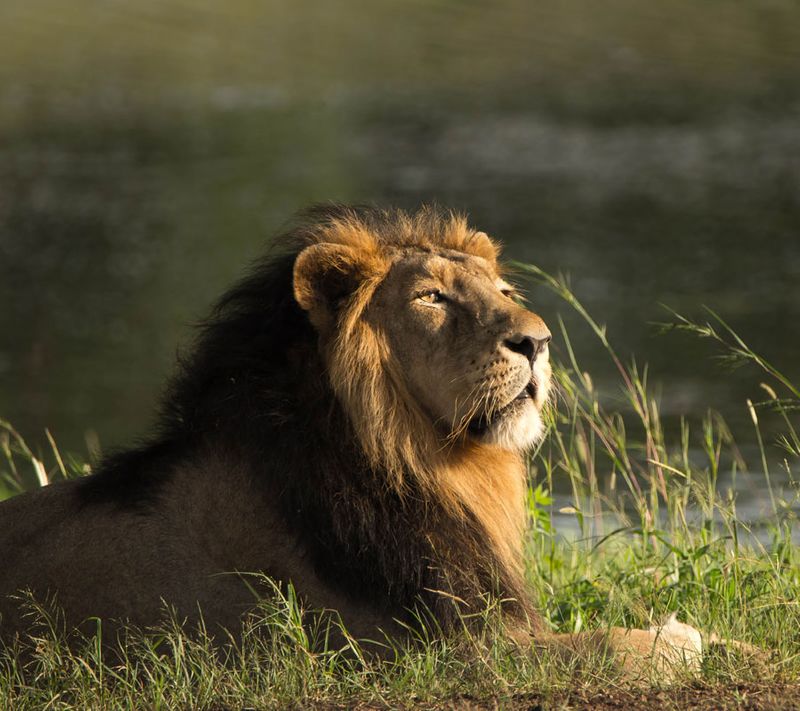
The next animal in the endangered species in India list is also from the cat family. There are only a few hundred Asiatic lions in the wild and that they are only found in India at Gir National Park in Gujarat. According to reports, there are a total of 674 Asiatic lions.
Although there has been a steady growth in the lion population in India in the past few years, the International Union for Conservation of Nature (IUCN) still classifies them as endangered. Hunting and habitat loss are the prime reasons behind their fewer numbers.
3. Snow leopard

Snow leopard is another member of the cat family that is on the list of endangered species in India. Snow leopards used to have much larger habitats across the mountain ranges of Asia. However, they can only be found in Ladakh, Himachal Pradesh, Uttarakhand and the western and eastern parts of the Himalayas. Human interference (namely animal poaching), and their conflicts between remote communities are among the main threats to these species.
4. Blackbuck
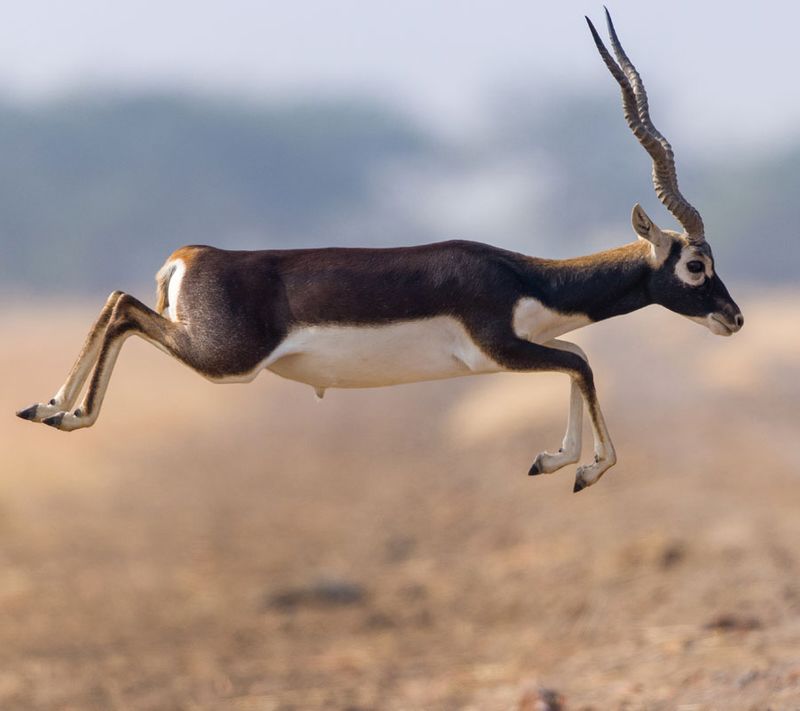
Blackbuck, aka the Indian antelope, has been declared endangered by the International Union for Conservation of Nature. These beautiful creatures are found roaming in the plains of India except for the western coast of India. Hunting of blackbuck is prohibited under Schedule I of the Wildlife Protection Act of 1972. These animals are covered with dark brown or black, sleek fur. This herbivore animal grows up to a height of about 32 inches, and is one of the fastest animals on the earth.
5. Red panda

Owing to numerous viral videos and photos, pandas have become very popular. While the black-and-white pandas are considered cute, red pandas steal attention effortlessly. However, future generations may not have the luxury of seeing them in the flesh.
According to the IUCN, the red panda is listed as an endangered species because its population has declined by 50% over the last three generations. Red pandas are commonly found in Sikkim, western Arunachal Pradesh, Darjeeling district of West Bengal, and some parts of Meghalaya. They are also the state animal of Sikkim.
6. One-horned rhino
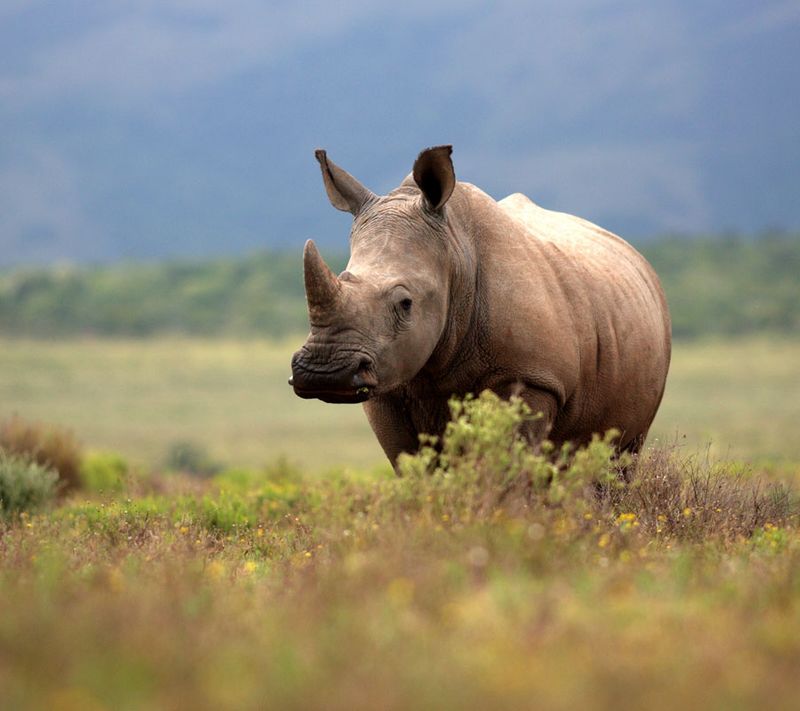
The great one-horned rhino, commonly found in Nepal, Bhutan, Pakistan and India, has been heavily targeted for its horns for decades. Due to the joint efforts of Indian and Nepalese wildlife authorities, the greater one-horned rhino was brought back from the brink. With 3,700 rhinos in North-Eastern India and the Terai grasslands of Nepal, their conservation efforts are considered as one of the most successful ones in history.
7. Nilgiri tahr
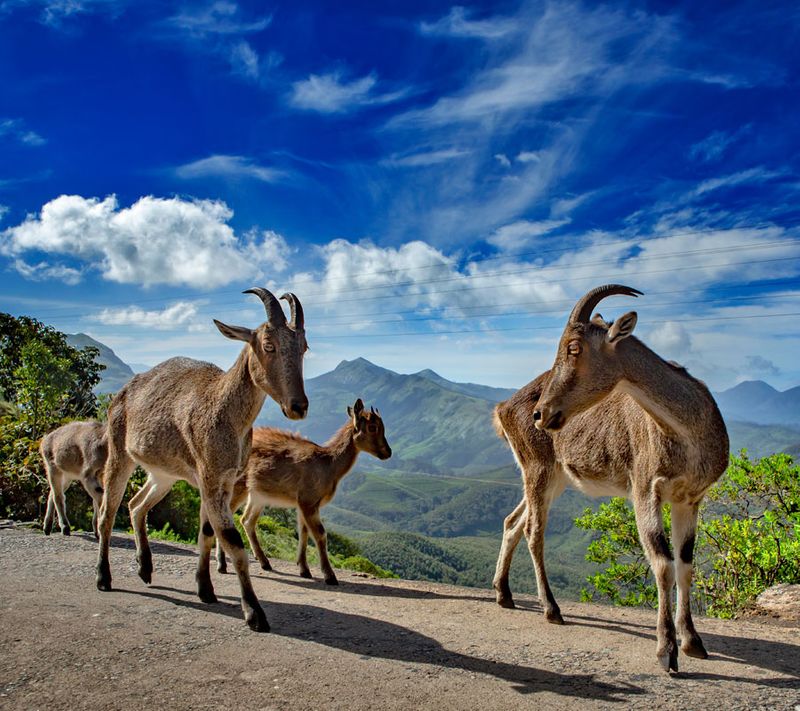
The Nilgiri tahr, formerly called Hemitragus hylocrius, lives high in the mountains of Southern India. They generally have a stocky body with short, coarse fur and a bristly mane. You can visit the Eravikulam National Park in Kerala as it has a high density and the largest surviving population of Nilgiri tahr. Conservation efforts have been on and the numbers have recovered from around 1,000 in 1970 to around 2,600 in 2010.
8. Lion-tailed macaque

The lion-tailed macaque (Macaca silenus) has remained endangered since 1996 despite several conservation attempts. These primates face threats from forest fragmentation and illegal hunting. As per the latest reports, their estimated population is 3,500. However, the numbers are likely to decline by 20% in the next 25 years due to threats like hunting, road kills, and habitat loss persist.
9. The Asian elephant
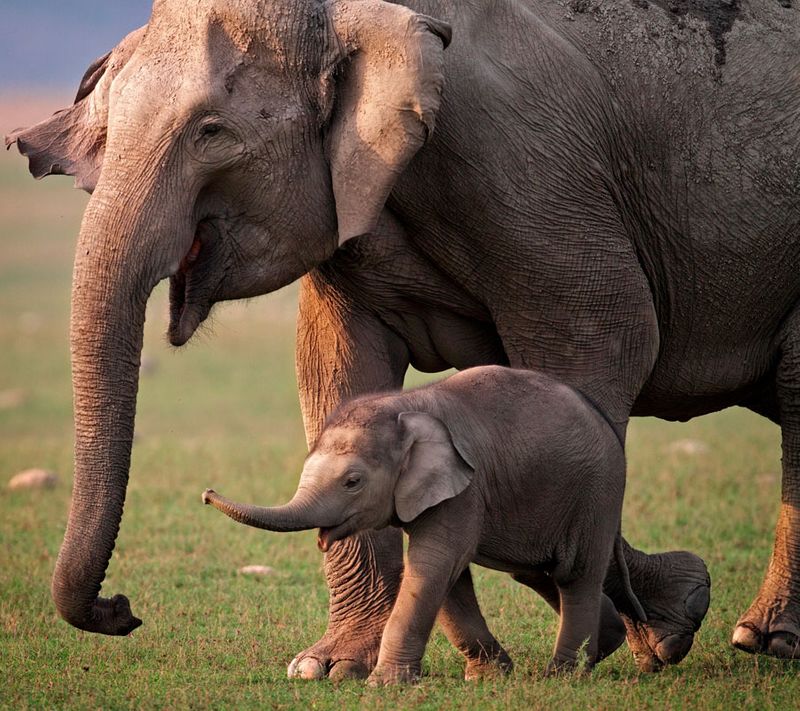
The IUCNlists the Asian elephant to be endangered as its population has declined by 50% over the past 75 years. There are an estimated 20,000 to 40,000 Asian elephants left in the wild. Habitat loss due to deforestation, agricultural development, and poaching are some of the reasons why their population is declining. They are generally found in the south, north, central and north-eastern parts of India. Apart from India, Asian Elephants are found in Myanmar, Thailand, Cambodia, and Laos.
10. The Ganges river dolphin
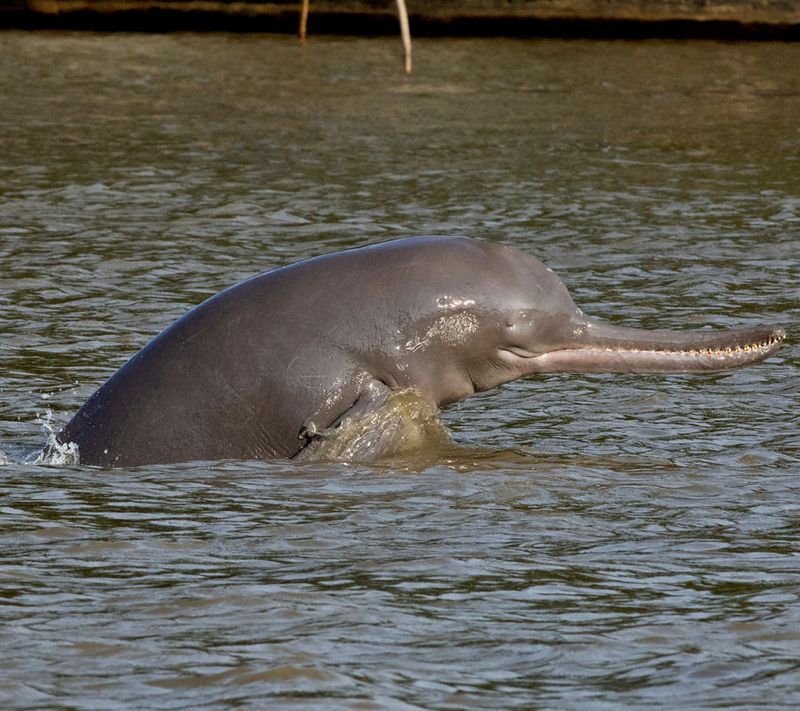
The Ganges river dolphin once lived in the Ganges-Brahmaputra-Meghna and Karnaphuli-Sangu river systems of Nepal, India, and Bangladesh. As per a survey by WWF India, the entire distribution range in the Ganga and Brahmaputra river systems have fewer than 2,000 dolphins.
Disclaimer: The details mentioned throughout this blog are sourced from publicly accessible platforms. At Zeezest, we intend to share factual and verified information. Should there be any inconsistencies or variances in the information provided, please understand that these are entirely unintentional and not meant to mislead.


